50 Ways to Save on Health Care
Even with good insurance from your employer, you're most likely paying a larger share of your medical expenses than in the past -- $11,600 for the average family in 2017, according to the Milliman Medical Index.

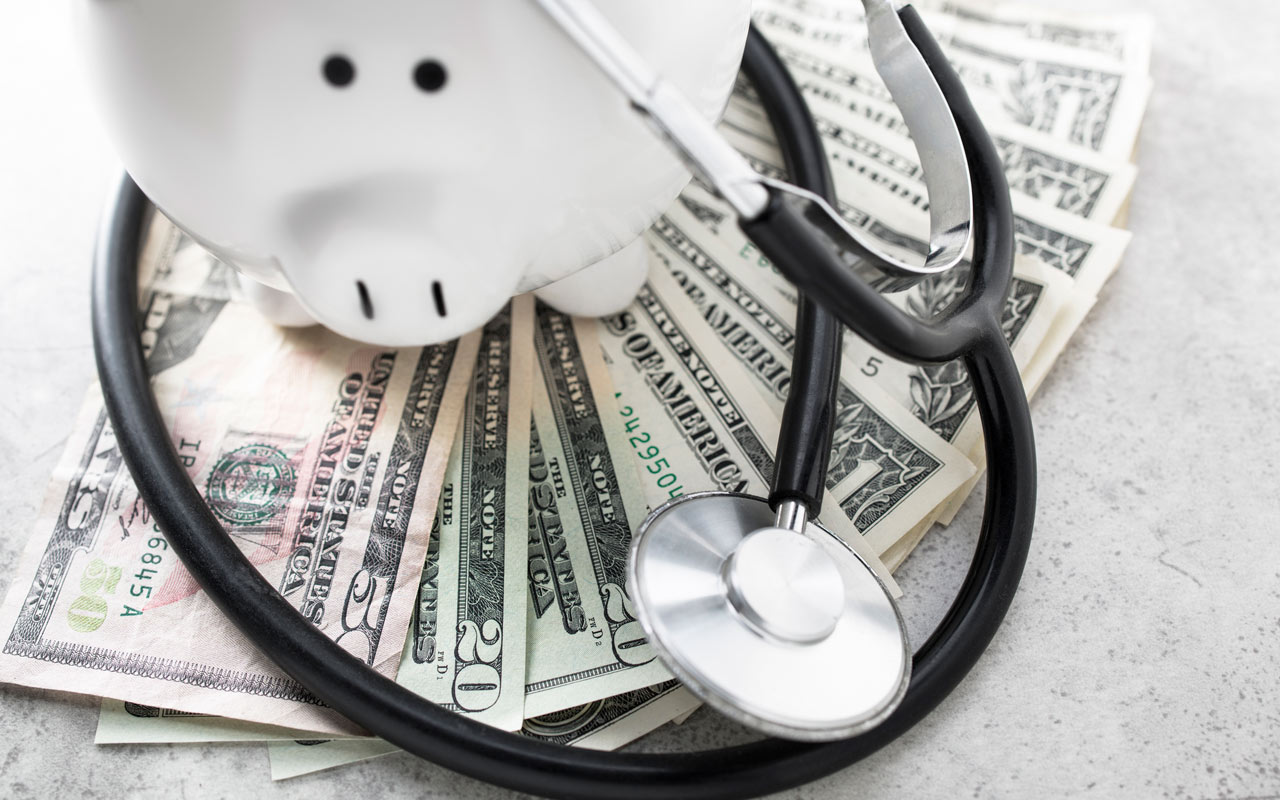
Even with good insurance from your employer, you're most likely paying a larger share of your medical expenses than in the past -- $11,600 for the average family in 2017, according to the Milliman Medical Index. A growing portion of that cost accrues during the year, from deductibles, co-payments and coinsurance -- which now account for $4,534 of the average family's expenses. The median deductible for in-network care charged by large employers is $1,300 for employee-only coverage and $3,000 for families, according to the National Business Group on Health.
Particularly now, when many workers are re-upping benefits choices during open enrollment, there are plenty of moves you can make to take charge of your health care costs and save hundreds or even thousands of dollars a year. Insurers and employers are offering more tools and resources to make it easier to compare costs for tests, procedures and drugs.
Whether you get insurance from your employer, via Medicare or on your own through the insurance marketplaces, these strategies will help you save.

Save Hundreds of Dollars on X-Rays and Tests
Some facilities charge hundreds of dollars more for x-rays and tests than competing providers. "I've seen people get charged $500 for an x-ray that should be about $30. It happens all the time," says Jeffrey Rice, CEO of Healthcare Bluebook, which compares prices using a nationwide database of medical payments. Independent radiology centers often charge less than hospitals, even though the same radiologist may be reading the x-rays. "It's common for the radiologist to be in one building in the morning and another in the afternoon," says Rice. "It's the same radiologist, but one MRI costs $500 and another is $3,000."
HealthcareBluebook.com shows the price range by zip code for thousands of procedures and the "fair price," which is a reasonable amount you can expect to pay for the procedure in your area. For example, a knee MRI in Chicago ranges from $650 to $4,200, and Healthcare Bluebook recommends a fair price of $1,183.
Ask about costs before you have the test, and ask your doctor about alternatives if the facility charges more than the fair price. "When you call to ask about price, the places with the good price will tell you the price right away, and the places with the bad prices say they need more information and need to call you back," says Rice.

Ask Doctors About Alternative Facilities
A similar strategy can work with some types of surgery and other procedures, and you don't have to switch doctors. Many surgeons work in several different facilities -- such as a hospital and a stand-alone surgery center -- and get paid the same amount no matter where they work. But the facility drives the cost, and the difference can be significant. The cost of arthroscopic knee surgery in Chicago ranges from $1,887 to $23,935, with a fair price of $6,425, according to Healthcare Bluebook. Check the facility's price before you get care, and look up the fair price. If the facility is charging way too much, get back in touch with your doctor and ask about a lower-cost option that won't reduce the quality of care.


Stay in Your Insurer's Network
It's essential to stay in-network if you have an HMO, which generally doesn't cover out-of-network care except for emergencies. But even if you have a PPO, which includes some coverage for out-of-network providers, it can still be expensive to leave your insurer's network. You'll generally have to pay a higher deductible (sometimes double the in-network deductible), and you'll have a higher out-of-pocket spending limit. Plus, you'll usually be charged a larger percentage of the costs -- perhaps 20% for in-network care and 40% for out-of-network care. Use your insurer's tools to find in-network providers, and make sure the facility, doctor and anesthesiologist are all in-network before you schedule a procedure.

Find Lower-Cost Urgent Care
Sometimes you can't avoid going to the emergency room. But you may be able to get the care you need at an urgent-care center or convenience-care clinic for a fraction of the cost. The average emergency room visit costs $1,757, compared with $153 for an urgent-care center, says Jackie Aube, of health insurer Cigna. And retail health clinics -- such as those in drugstores and supermarkets -- generally cost even less. "Knowing in advance where the nearest in-network urgent-care and retail clinics are can save you a lot of money and time, especially if you have small children," says Aube. Urgent care and retail clinics can be good for fractures, sprains, strep throat, colds and flu, pink eye, ear infections, and rashes, she says.

Take Advantage of Telehealth
You may be able to save time and money if you take advantage of virtual visits with a doctor by phone or video chat for common complaints such as sinus problems, upper respiratory infections, bronchitis, allergies, flu and coughs. You can even e-mail a photo of a rash to a doctor for a diagnosis. Access to telehealth is growing quickly: 96% of large employers plan to offer the option in 2018, according to the National Business Group on Health. Visits typically cost about $40, and the typical co-pay is $15 or less (compared with average co-pays of about $50 for urgent care and $150 for an emergency-room visit).
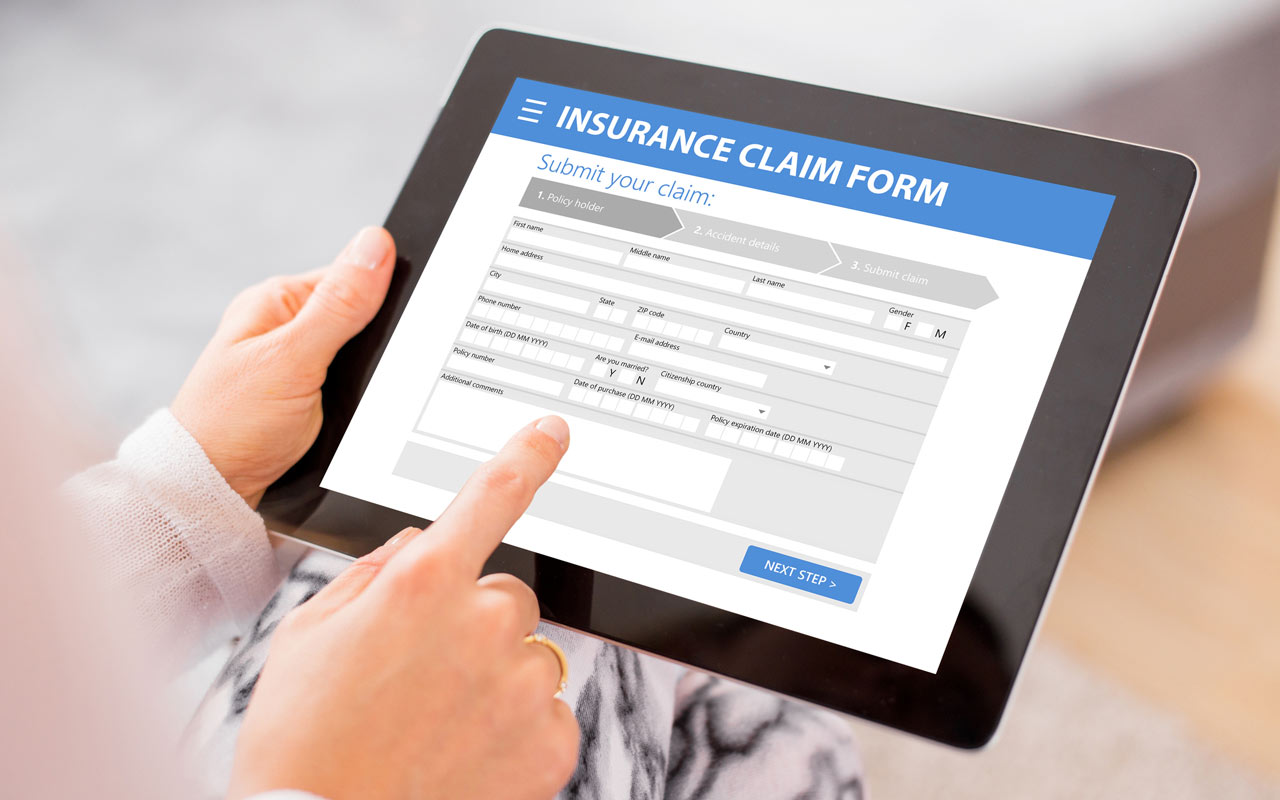
Use Your Insurer's Tools to Shop for Better Deals
Many insurers have tools to help you compare prices at in-network facilities. Cigna, for example, has a mobile app that shows the closest care options and calculates how much you'd pay under your policy. It will even let you know whether you're in the deductible period and will have to pay the full cost, or if you will owe a portion of the charge as coinsurance.

Ask for a Cash Discount
Most people don't hit their deductible each year, so they pay the full price their insurer negotiated for care. In that case, it may be worthwhile to ask the provider if you can get a discount for not using your insurance and paying cash. With outpatient imaging and some outpatient surgery, you may be able to get 20% off the insurance rate if you pay cash, says Rice.
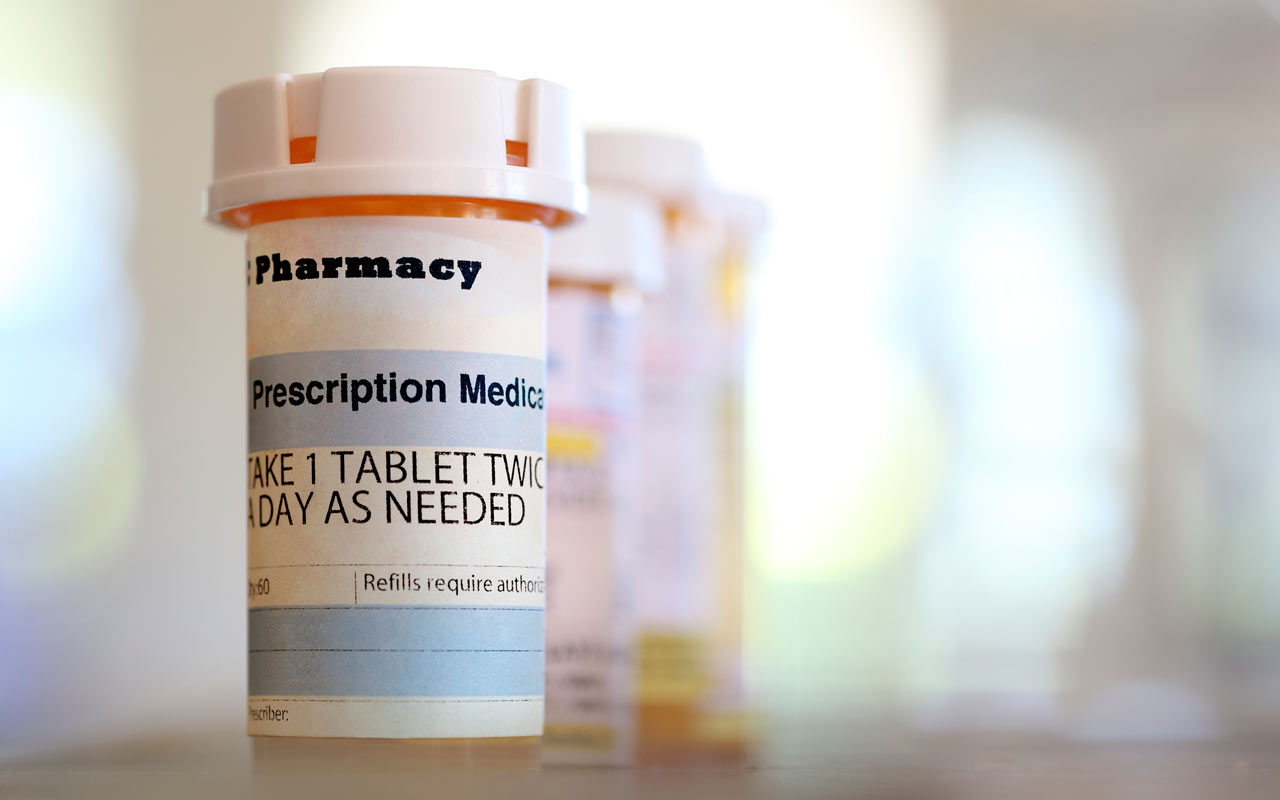
Switch to Generic Drugs
Generics can cost up to 85% less than brand-name drugs, and some plans have a $0 co-pay for "preferred" generics. Your pharmacist can generally switch to a generic at the counter without asking your doctor. If your drug doesn't have a generic, ask your doctor or pharmacist if one is likely soon.

Consider Lower-Cost Therapeutic Alternatives
You may be able to save money even if your drug doesn’t have a generic equivalent. Ask your doctor if there is a "therapeutic alternative" that treats the same condition but costs less under your plan. "For many health conditions, particularly for things such as high blood pressure and cholesterol, there are often several drugs that do very similar things," says Jon Maesner, chief pharmacy officer for Cigna. The insurer may charge a 35% coinsurance rate for one drug, for example, but just a 20% coinsurance rate for another that's a preferred brand-name drug. Or the other drug may have a generic version that can save you even more money.

Use a Preferred Pharmacy
Most Medicare Part D prescription-drug plans -- and many pre-65 health plans -- now include a preferred pharmacy with much lower cost-sharing. The Humana Walmart Part D plan, for example, charges a $1 co-pay for preferred generics at Walmart or Sam's Club but a $10 co-pay at other pharmacies. You'll pay 35% for some brand-name drugs at Walmart and Sam's Club, compared with up to 50% at other pharmacies.
Before picking a plan, make sure the preferred pharmacy you would have to use is convenient. Another option is to search for plans based on the pharmacy you like. For example, Walgreens is the preferred pharmacy for some Aetna, Cigna, Humana, United Healthcare and other Medicare plans.

Get Your Drugs Through the Mail
You might save money by using a mail-order pharmacy. The Humana Walmart Part D plan, for example, charges a $0 to $2 co-pay for a 90-day supply of preferred generics, and an $8 co-pay for a 90-day supply of other generics. That compares with a $4 co-pay for a 30-day supply at Walmart and Sam's Club.
TAKE OUR QUIZ: Make Sense of Medicare

Order a 90-Day Supply
A 90-day supply of drugs may cost only 2.5 times more than a 30-day supply, says Michael Penca, senior director of Medicare for Walgreens. Also ask your doctor or pharmacist about other options. For example, you may be able to save by switching from two tablets at a lower strength to one tablet at a higher strength.

Pay for Generics With Cash
Paying cash for your drugs -- especially some generics -- may cost less than using your insurance. Walmart, for example, offers more than 200 generic drugs for $4, which can be less than your insurer's co-payment -- and much less if you're still paying your deductible. You can compare costs at local and mail-order pharmacies at GoodRx.com and FamilyWize.org.

Health Savings Account vs. Flexible Spending Account: Which Is Better for You?
A Walgreens prescription savings club card costs $20 for an individual or $35 for a family each year. It provides discounts on more than 8,000 drugs -- averaging $50 to $118 off the cash price for a 90-day supply of many generics. GoodRx.com and FamilyWize.com also offer discount cards. (Medicare recipients generally are not eligible for drug discount cards.)

Save Big With Coupons
Many drug manufacturers offer coupons that can lower the cost of their drugs by hundreds of dollars. Look up your drug at GoodRx.com or search the drug manufacturer's website; also ask your doctor. Some coupons and programs are not available if you use your insurance. But if you haven't met your deductible, you could pay cash for the drugs using the coupon, then submit the receipt when you are closer to meeting the deductible, says Rice.

Use Your Insurer's Tools to Compare Drug Costs
Most employers and insurers, including Cigna, United Healthcare and Humana, have tools and apps to look up drug costs, show you generics and therapeutic alternatives, and let you know how much you'll pay under your plan.

Get Help From a Co-Pay Assistance Program
Even if your insurer covers a drug, you may have to pay big out-of-pocket costs -- especially for specialty medications. Many drug manufacturers have co-pay assistance programs to help with the cost of deductibles and coinsurance. These programs generally specify income maximums, but the cutoff can often be as high as 300% to 400% of the federal poverty level (about $65,000 for a couple or $98,000 for a family of four), or even higher for some pricey specialty medications, says Honora Gabriel, vice president of not-for-profit operations at the Lash Group, a division of AmerisourceBergen, which runs pharmacy assistance programs. You can search for these programs on drug manufacturers' websites or at www.needymeds.org.

Get Extra Help From Medicare
Manufacturers' discount programs aren't available to people on Medicare, but low-income beneficiaries may qualify for the "extra help" program to limit out-of-pocket costs. See Medicare.gov's Get Help With Costs page and learn about other programs at www.benefitscheckup.org.

Find Out About Patient Support Services
Some drug manufacturers, nonprofits and advocacy groups offer special programs that do more than help with the cost of medications. "Some offer transportation, or additional resources such as wigs, or help with household bills, groceries and gas," says Gabriel.
Some assistance programs for cancer patients help cover the cost of medications, insurance co-pays, office visits, travel expenses, medical supplies and even child care, says Gabriel. The American Cancer Society's Hope Lodge provides housing for patients in treatment, and its Road to Recovery program has volunteers who drive patients to radiation and chemotherapy appointments.

Get a Free Consultation With a Pharmacist
Some insurers and pharmacy benefit plans will cover the cost of a free consultation with a pharmacist each year, says Michael Penca, of Walgreens. The pharmacist can provide a comprehensive review of all of your medications, let you know about therapeutic equivalents or other less-expensive alternatives you can ask your doctor about, and make sure that all your medications are working well with each other.

Benefit From Specialty Pharmacy Programs for Complex Conditions
Most health plans have specialty pharmacies for complex conditions, including cancer, multiple sclerosis and rheumatoid arthritis. You may save money, and you'll work with specially trained nurses and pharmacists who can complete paperwork for coverage and may know about resources for financial support. For medications that must be injected or infused rather than given through a pill, the treatment location -- a hospital outpatient setting, a doctor's office or in some cases your own home -- can make a big difference in the cost, says Cigna's Maesner. The health plan's nurses and pharmacists can help you find a lower-cost, safe setting to have the drug infused.
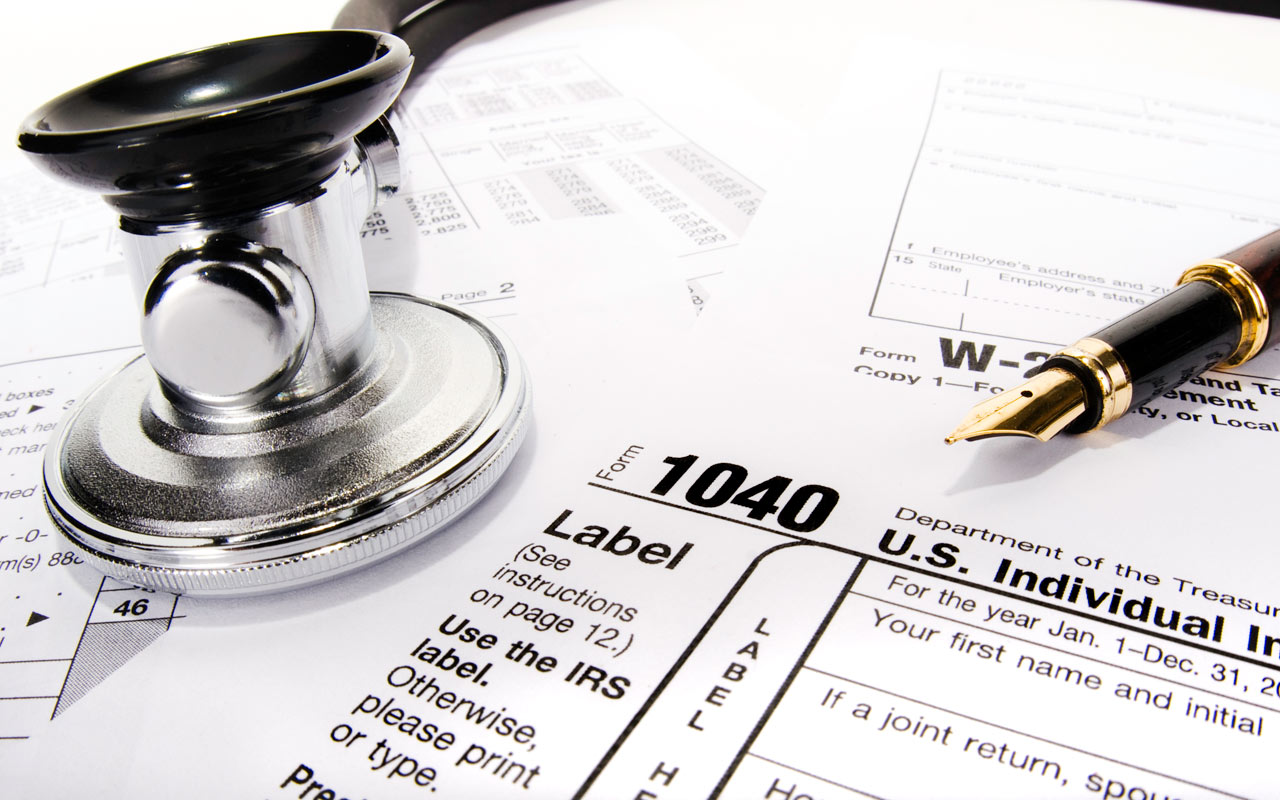
Get a Triple Tax Break From a Health Savings Account
If you have a high-deductible health insurance policy, you can take advantage of a triple tax break: Contribute pretax (or tax-deductible) money to a health savings account, which in turn grows tax-deferred and can be used tax-free in any year for medical expenses.
To qualify, you must have an HSA-eligible health insurance policy with a deductible of at least $1,300 for single coverage in 2017 or $2,600 for family coverage. You can contribute up to $3,400 to the HSA for 2017 if you have single health insurance coverage, or $6,750 for family coverage, plus an extra $1,000 if you're 55 or older. You can use the money for out-of-pocket medical expenses, including deductibles, co-payments, prescription drugs, vision and dental care, and other expenses—either now or in the future -- for yourself and your spouse as well as your tax dependents.
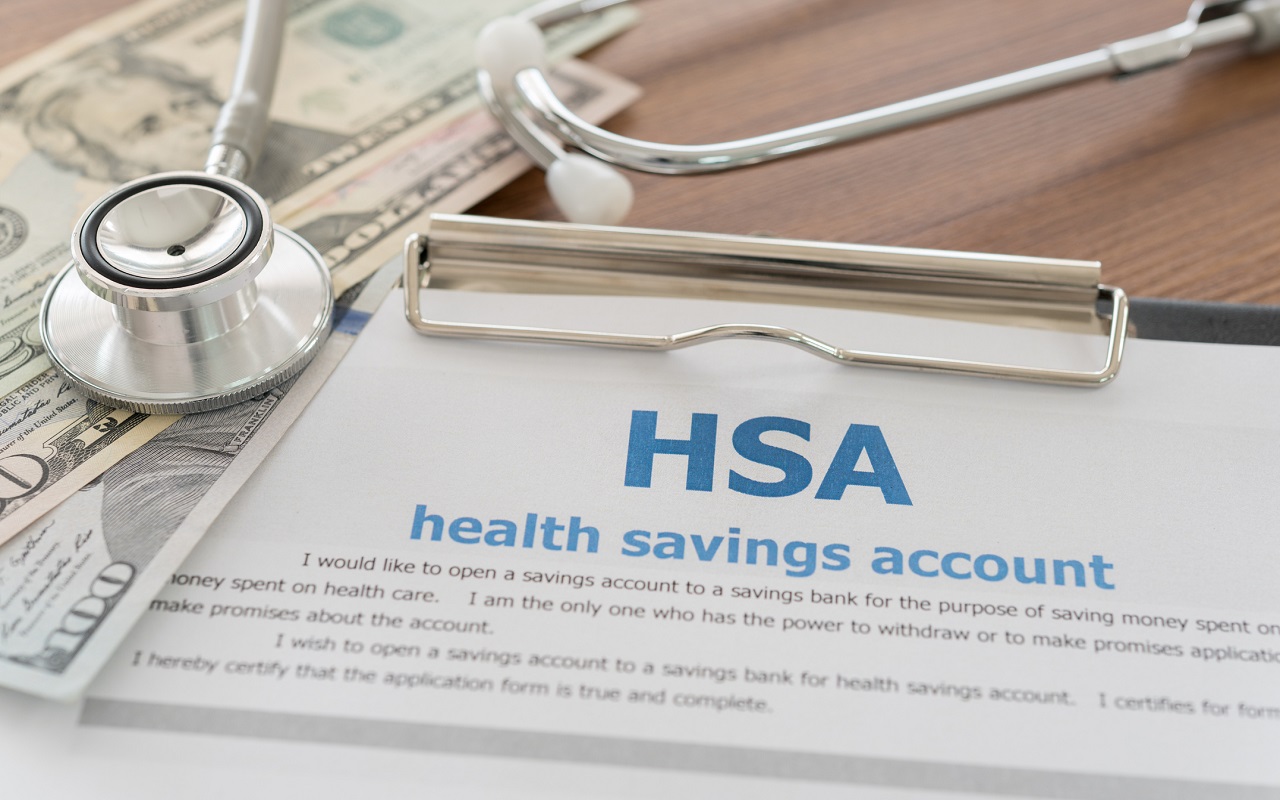

Keep the HSA Money Growing for Future Expenses
Unlike a flexible spending account, an HSA doesn't require you to use the money by the end of the year. In fact, you'll get a bigger tax benefit if you use other cash for current medical expenses and keep the HSA money growing for the long term. Hold on to your receipts for medical expenses after you open your HSA, even if you pay those bills with cash, so you can claim the expenses later. There's no time limit for withdrawing the money tax-free for eligible medical expenses you incurred anytime after you opened the account.

Choose an HSA With Good Long-Term Investing Options
You can open an HSA with any administrator -- as long as you have an HSA-eligible health insurance policy -- and get a tax deduction for your contributions. If you plan to keep the money growing for the future, look for an HSA administrator that offers a portfolio of mutual funds for long-term investing and has low fees. HSAs are available through many banks, brokerage firms and other financial institutions. You can search for HSA providers at www.hsasearch.com. Also see Morningstar's analysis of HSAs for investors.

But Weigh the Extra Perks From Your Employer's HSA
If your employer offers an HSA, it's usually your best bet. You may get an employer match and have access to some plans that aren't available to individuals (Fidelity's HSA is only available through employers). Your contributions will also avoid federal income taxes as well as Social Security payroll taxes (FICA).

Watch Out for Common Errors
Get an itemized bill that breaks down each cost, especially for complex procedures and hospital stays. Make sure you haven't been charged for procedures or items you didn't receive. Don't pay a bill for care you thought was covered until you receive an explanation of benefits from your insurer explaining why your claim was denied. It may be that the provider's office simply input the wrong code.

Seek Help From an Expert
A claims specialist can organize your medical bills, spot errors and work with your doctor to build your case if you need to appeal a denial. The cost is typically $75 to $95 per hour. You can find a claims specialist at www.claims.org.

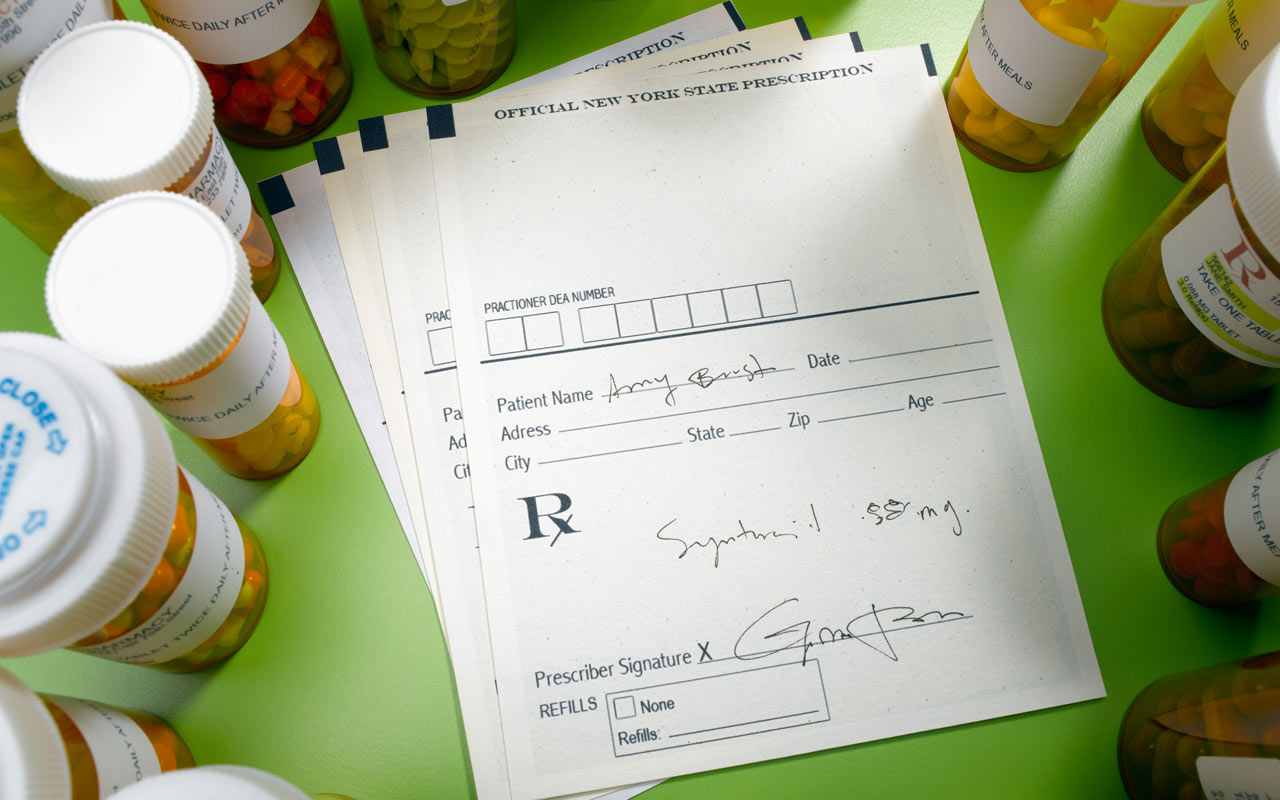
Get the Right Paperwork for Prescriptions
Coverage for pricey drugs is often denied because a doctor doesn't complete the required paperwork. Many insurers now require you to get prior authorization (a form your doctor must complete) or use step therapy (in which you must use a less-expensive drug first, if possible) before they'll cover your drug.


Get Approved for Out-of-Network Coverage Up Front
If your doctor recommends a specialist who isn't covered by your health plan, ask your insurer what you can do to avoid out-of-network charges -- before you visit that doctor (your insurer may have a care coordinator to help). You may find an in-network provider with similar expertise, or you may be able to work with the doctor or hospital to make the case that you need to use a particular specialist. In that case, the insurer may provide a "network adequacy exception" to cover the doctor for you at in-network prices.

Find Out Where You Can Get World-Class Care
More than 80% of employer plans now offer "centers of excellence," which give you access to well-known hospitals outside of your area for certain kinds of care, such as transplants, bariatric surgery, orthopedics, and cardiac and cancer care. For example, some of United Healthcare's policies have a national network that includes major cancer centers, such as MD Anderson and Memorial Sloan Kettering.

Contest the Medicare High-Income Surcharge
If your adjusted gross income (plus tax-exempt interest income) is more than $85,000 if you're single or $170,000 if you're married filing jointly, you'll have to pay extra for Medicare. The last tax return on file determines your premium. But if your income has dropped since then because of certain life-changing events, such as divorce, death of a spouse or retirement, you can submit Form SSA-44 and ask Social Security to substitute your more recent income. For more information, visit www.ssa.gov or call 800-772-1213.
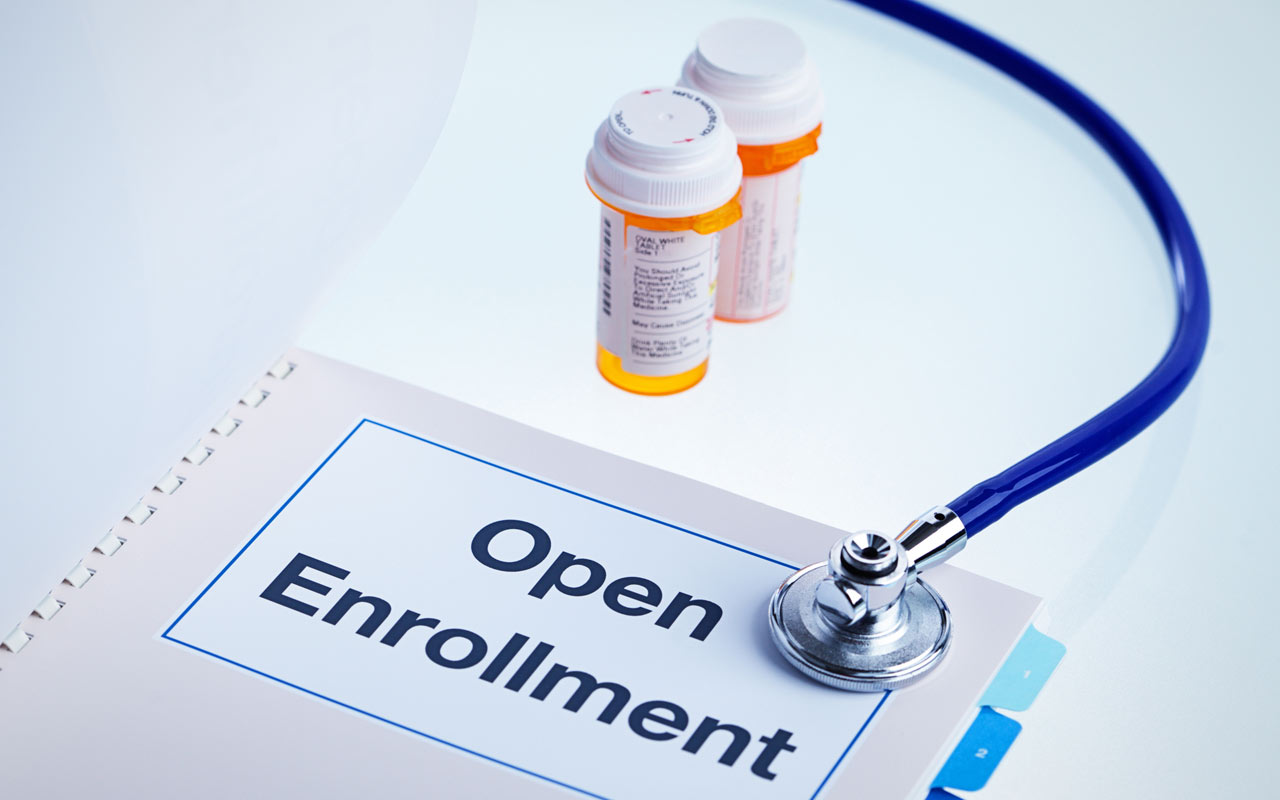
Find a Better Drug Plan During Open Enrollment
You have from October 15 to December 7 every year to shop for a Part D prescription-drug plan. Go to the Medicare Plan Finder and compare premiums as well as total out-of-pocket costs for your drugs. A plan with low premiums may not cost the least over the long run if it has high co-pays for your drugs, says Michael Penca, of Walgreens.

Pick Your First Medigap Plan Carefully
Most people fill the gaps in Medicare with a medigap plan, but the price can vary enormously by insurer even though every plan with the same letter designation provides the exact same coverage. You have six months after signing up for Part B to choose any medigap plan; after that, insurers can generally charge more or deny coverage because of preexisting conditions. You can get prices for many policies at www.ehealthinsurance.com or from most state insurance departments (see www.naic.org/map for links). Or order a personalized Weiss Ratings Medigap Report ($49 for Kiplinger readers), which lists premiums for all the plans in your area plus strategies for saving money.


Reshop Your Medicare Advantage Plan
If you have a Medicare Advantage plan, you can also shop around for coverage during open enrollment every year. Compare out-of-pocket costs for your drugs and the type of care you need using the Medicare Plan Finder. Also make sure your doctors and hospitals are still covered.

Use Tax-Free HSA Money for Medicare Premiums
You can't make new contributions to an HSA after you're on Medicare, but after age 65 you can use money from an HSA tax-free for Medicare Advantage, Part B and Part D premiums.

Build Up an HSA for Health Care Expenses in Retirement
According to Fidelity Investments, the average 65-year-old couple retiring in 2017 will have $275,000 in health care costs in retirement, including premiums for Medicare, insurance coverage to fill in the gaps and out-of-pocket costs. "That's a lot of money, and HSAs are the most effective way you can save for that given their tax benefits," says Leo Acheson, an analyst with Morningstar, which analyzes HSAs based on fees and investing options. You can't make new contributions to an HSA after you sign up for Medicare, but you'll be able to use your HSA money for additional medical expenses. After age 65, you can withdraw HSA money tax-free to pay premiums for Medicare Part B, Part D prescription-drug coverage and Medicare Advantage plans (but not medigap premiums), in addition to other eligible medical expenses.

Contribute to an FSA If You Don't Have a High-Deductible Health Insurance Policy
Even though HSAs are usually the better deal if you have the option, people who don't have HSA-eligible health insurance policies can benefit from making flexible spending account contributions. You can contribute up to $2,600 to an FSA in 2017. The money escapes both federal and Social Security taxes (and in most cases, state and local income taxes, too), and you can use it tax-free for out-of-pocket medical expenses. You'll generally need to use up the money by the end of the year, although an increasing number of employers permit $500 to be carried over to the next year or give employees a grace period till March 15 to spend the money.

Contribute to Both an HSA and an FSA
You usually can't contribute to both an HSA and an FSA in the same year. But you may have access to special HSA-compatible FSAs that let you contribute up to $2,600 pretax to the FSA for the year, in addition to contributing up to the maximum to an HSA. You can only use the money in the limited-purpose FSA for dental and vision expenses until you reach your health plan's deductible, but then you can roll it into a regular FSA and use the money for any FSA-eligible expenses. Most employers now offer limited-purpose FSAs alongside their HSAs, says Jody Dietel, chief compliance officer for WageWorks, which administers FSAs.

Get a Prescription for Over-the-Counter Drugs
You can use money in an FSA or HSA tax-free for prescription drugs, but you can no longer use it for over-the-counter drugs that have an active medical ingredient without a prescription. (There are exceptions for insulin, glucosamine and chondroitin supplements that are used for arthritis treatment, and prenatal vitamins, says Jeremy Miller, CEO of FSAStore.com, which specializes in selling items that are FSA-eligible.) But if you get a prescription, such as for pain relievers or allergy medications, the cost is an eligible expense.

Use FSA Money for Some Drugstore Items Without a Prescription
Many items are FSA-eligible without a prescription because they do not contain any medicated ingredients, says Miller. For example, you can use FSA money without a prescription for sunscreen with an SPF of 15 or higher, blood pressure monitors, orthotic shoe inserts, knee and back braces, breast pumps, nasal aspirators, bandages, first-aid kits, thermometers, heat and cold packs, and contact lens solution. See the eligibility lists at FSAStore.com for more information.

Take a Tax Deduction for Your Medical Expenses
If you don't use money from an HSA or FSA for medical expenses, you may still be able to take a tax deduction (if you itemize) for costs that you pay for yourself, your spouse and your dependents. You can deduct those expenses only to the extent they exceed 10% of your adjusted gross income. You can count your health insurance deductibles, co-payments, prescription drug costs and other expenses that aren't covered by your insurance, such as vision and dental care, as well as travel to receive medical care and a portion of long-term-care insurance premiums based on your age. See IRS Publication 502, Medical and Dental Expenses.

Shop Around During Open Enrollment
Premiums, deductibles, provider networks and drug coverage can change from year to year, whether you get your insurance through your employer or on your own. Compare all of your options, and examine overall costs for the medications and care you usually need, not just premiums.
It's particularly important to shop around if you buy coverage on the exchanges. Insurers are opting in and out, boosting premiums and deductibles, and shrinking provider networks. You'll have less time to choose a plan this year: Open enrollment for individual health insurance runs from November 1 to December 15, rather than until January 31. Find links to the exchange for your state at www.healthcare.gov.
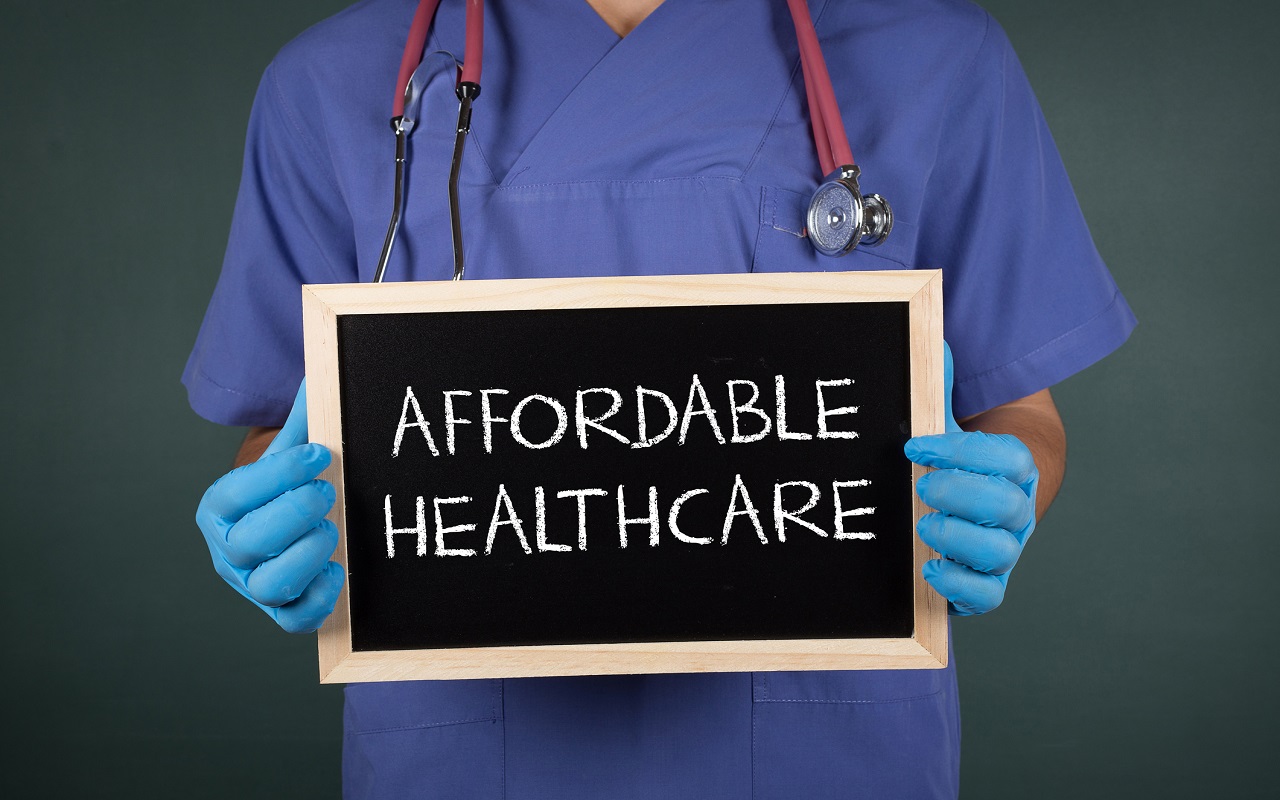
Shop Both On and Off the Exchanges
If your income is below 400% of the federal poverty level ($64,960 for a couple or $98,400 for a family of four), you qualify for a subsidy to help with your premiums if you buy on an exchange. (For people whose income is less than 250% of the federal poverty level, insurers may still offer an additional subsidy to help them cover deductibles and co-payments, but as of early September it was unclear whether they would be reimbursed by the federal government.) If your income is near or exceeds that cutoff, also check out options off the exchanges. You may find different insurers or more provider networks, says Nate Purpura, vice president of consumer affairs for eHealth.com, which sells on-exchange and off-exchange policies in many states.

Get Free Money and Other Perks From Your Boss
Besides contributing to your health savings account, your employer may give you money for participating in a wellness program. Average wellness incentives for 2017 are $742 for employees and $694 for spouses and domestic partners, according to Fidelity Investments and the National Business Group on Health. You may get a bonus for taking a health assessment or reaching health goals, and your employer may provide free or subsidized gym memberships, fitness-tracking devices and health coaches.

Watch for Surprise Notices About Your Plan
Your Annual Notice of Change from your insurer could list changes to premiums, deductibles, drug coverage and provider networks. Several plans that had been PPOs are becoming HMOs and will no longer provide coverage for out-of-network care, says Lee Nathans, a health insurance broker in Columbus, Ohio.
Profit and prosper with the best of Kiplinger's advice on investing, taxes, retirement, personal finance and much more. Delivered daily. Enter your email in the box and click Sign Me Up.

As the "Ask Kim" columnist for Kiplinger's Personal Finance, Lankford receives hundreds of personal finance questions from readers every month. She is the author of Rescue Your Financial Life (McGraw-Hill, 2003), The Insurance Maze: How You Can Save Money on Insurance -- and Still Get the Coverage You Need (Kaplan, 2006), Kiplinger's Ask Kim for Money Smart Solutions (Kaplan, 2007) and The Kiplinger/BBB Personal Finance Guide for Military Families. She is frequently featured as a financial expert on television and radio, including NBC's Today Show, CNN, CNBC and National Public Radio.
-
 Nasdaq Sinks 418 Points as Tech Chills: Stock Market Today
Nasdaq Sinks 418 Points as Tech Chills: Stock Market TodayInvestors, traders and speculators are growing cooler to the AI revolution as winter approaches.
-
 23 Last-Minute Gifts That Still Arrive Before Christmas
23 Last-Minute Gifts That Still Arrive Before ChristmasScrambling to cross those last few names off your list? Here are 23 last-minute gifts that you can still get in time for Christmas.
-
 The Rule of Compounding: Why Time Is an Investor's Best Friend
The Rule of Compounding: Why Time Is an Investor's Best FriendDescribed as both a "miracle" and a "wonder," compound interest is simply a function of time.
-
 What to Do With Your Tax Refund: 6 Ways to Bring Growth
What to Do With Your Tax Refund: 6 Ways to Bring GrowthUse your 2024 tax refund to boost short-term or long-term financial goals by putting it in one of these six places.
-
 What Does Medicare Not Cover? Eight Things You Should Know
What Does Medicare Not Cover? Eight Things You Should KnowMedicare Part A and Part B leave gaps in your healthcare coverage. But Medicare Advantage has problems, too.
-
 15 Reasons You'll Regret an RV in Retirement
15 Reasons You'll Regret an RV in RetirementMaking Your Money Last Here's why you might regret an RV in retirement. RV-savvy retirees talk about the downsides of spending retirement in a motorhome, travel trailer, fifth wheel, or other recreational vehicle.
-
 The Six Best Places to Retire in New England
The Six Best Places to Retire in New Englandplaces to live Thinking about a move to New England for retirement? Here are the best places to land for quality of life, affordability and other criteria.
-
 The 10 Cheapest Countries to Visit
The 10 Cheapest Countries to VisitWe find the 10 cheapest countries to visit around the world. Forget inflation and set your sights on your next vacation.
-
 15 Ways to Prepare Your Home for Winter
15 Ways to Prepare Your Home for Winterhome There are many ways to prepare your home for winter, which will help keep you safe and warm and save on housing and utility costs.
-
 Six Steps to Get Lower Car Insurance Rates
Six Steps to Get Lower Car Insurance Ratesinsurance Shopping around for auto insurance may not be your idea of fun, but comparing prices for a new policy every few years — or even more often — can pay off big.
-
 How to Increase Credit Scores — Fast
How to Increase Credit Scores — FastHow to increase credit scores quickly, starting with paying down your credit card debt.
